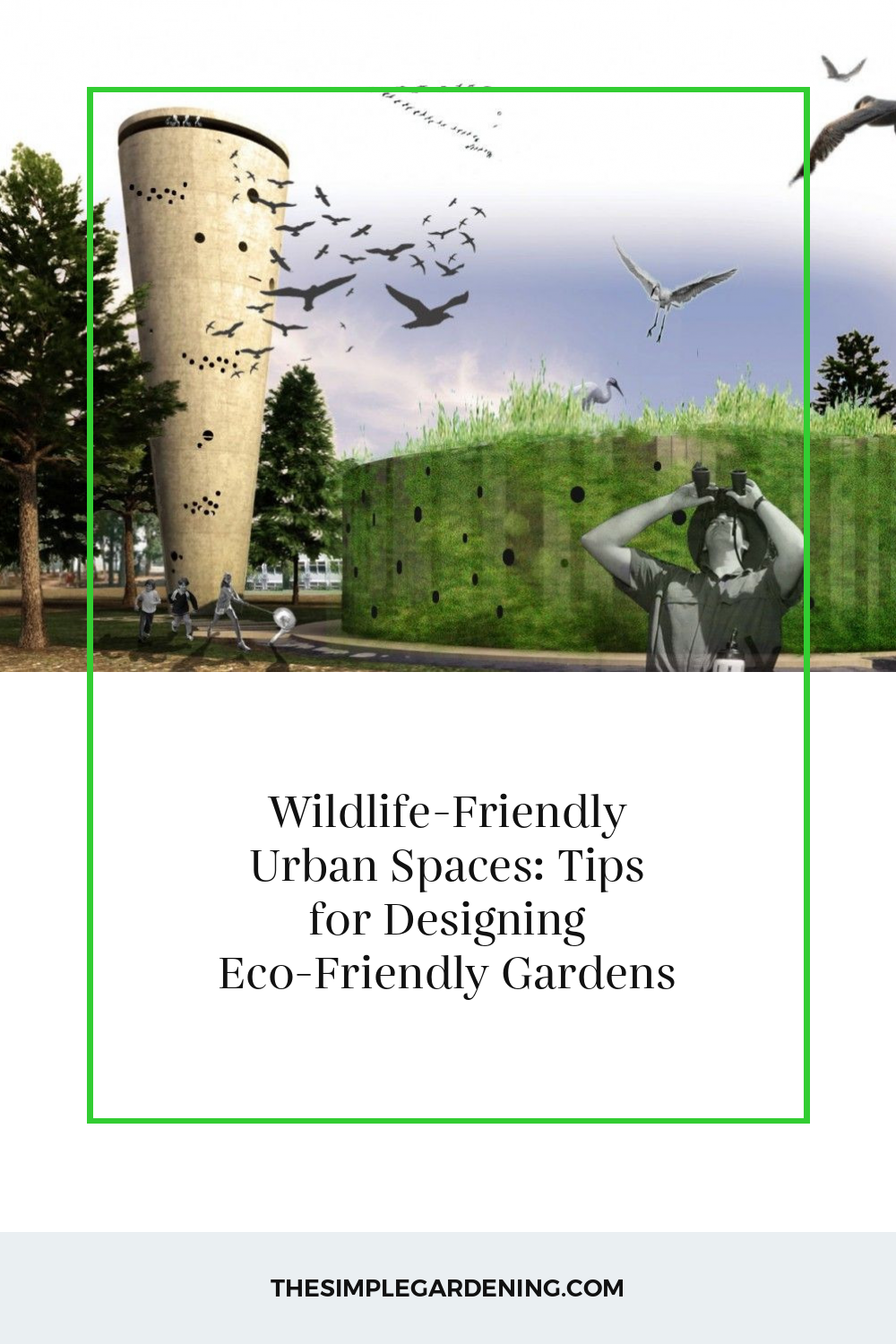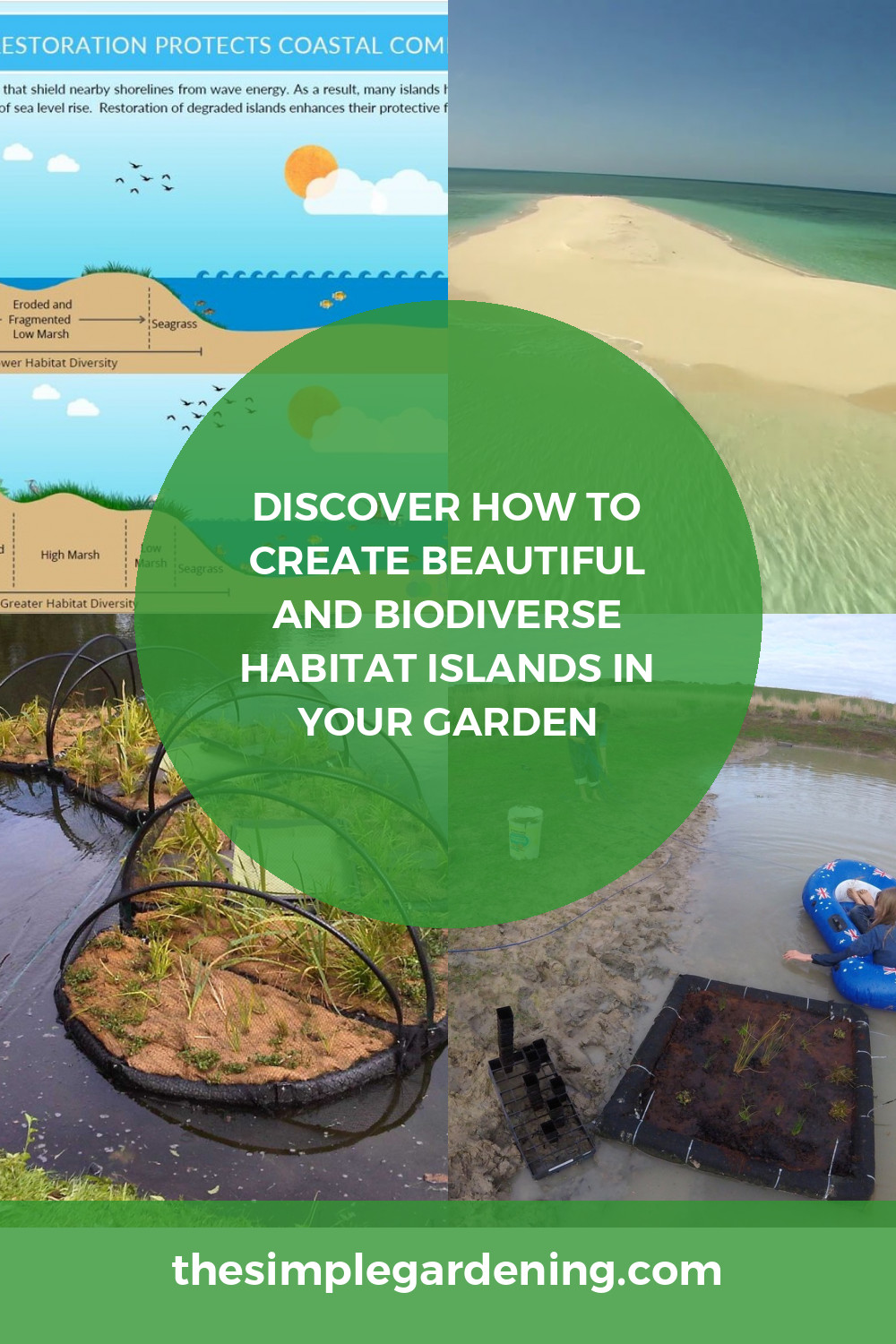Creating urban spaces that are friendly to wildlife is a rewarding and impactful endeavor. Not only does it benefit biodiversity, but it also enhances the quality of life for urban residents by bringing nature closer to home. This comprehensive guide will walk you through the essential steps and considerations in designing wildlife-friendly urban spaces.
Introduction to Wildlife-Friendly Urban Spaces
Definition and Importance
Wildlife-friendly urban spaces are areas within cities designed to support local wildlife by providing habitat, food, and resources. These spaces are essential because they help mitigate the loss of natural habitats due to urbanization. By integrating natural elements into urban settings, we can create environments where both humans and wildlife thrive.
Key Benefits of Wildlife-Friendly Urban Spaces
| Benefit | Explanation |
|---|---|
| Biodiversity Support | Provides habitats for various species, enhancing urban biodiversity. |
| Educational Opportunities | Creates living classrooms for environmental education. |
| Improved Mental Health | Exposure to nature reduces stress and improves overall well-being. |
| Ecosystem Services | Urban greenery supports pollination, air purification, and water management. |
| Aesthetic Value | Natural landscapes enhance the beauty of urban areas. |
Benefits for Biodiversity
Integrating wildlife habitats into urban areas has numerous advantages. It supports local biodiversity by providing essential resources for animals, birds, insects, and plants. These green spaces act as mini-ecosystems, contributing to the overall health and resilience of the urban environment.
Planning and Designing Wildlife-Friendly Spaces
Site Selection and Assessment
Selecting the right site is crucial for the success of a wildlife-friendly urban space. Factors to consider include proximity to existing natural areas, availability of water sources, and current land use. A thorough assessment helps in understanding the potential and limitations of the site.
Criteria for Site Selection
| Criterion | Description |
|---|---|
| Location | Proximity to natural habitats or green corridors. |
| Size | Sufficient area to support diverse wildlife. |
| Water Availability | Access to natural or artificial water sources. |
| Current Land Use | Compatibility with existing urban infrastructure. |
| Community Support | Willingness of local residents to engage in conservation efforts. |
Design Principles
Effective design of wildlife-friendly spaces hinges on several principles:
- Connectivity: Ensuring that wildlife habitats are connected to allow free movement of species.
- Diversity: Including a variety of plants and habitats to support different species.
- Sustainability: Using eco-friendly materials and practices to maintain the health of the ecosystem.
Design Principles for Wildlife-Friendly Spaces
| Principle | Explanation |
|---|---|
| Connectivity | Linking green spaces to allow wildlife movement. |
| Diversity | Incorporating a variety of plants and habitats. |
| Sustainability | Using sustainable practices and materials. |
| Accessibility | Ensuring the space is accessible for both wildlife and people. |
| Adaptability | Designing spaces that can adapt to changing environmental conditions. |

Source Image: www.pinterest.com
Native Plant Selection and Landscaping
Importance of Native Plants
Native plants are adapted to the local climate and soil conditions, making them ideal for supporting local wildlife. They require less maintenance and provide essential resources such as food and shelter for native species.
Benefits of Native Plants
| Benefit | Explanation |
|---|---|
| Low Maintenance | Require less water and care once established. |
| Support Local Wildlife | Provide food and habitat for native animals and insects. |
| Adapted to Climate | Better suited to local weather conditions and soil types. |
| Resilient | More resistant to local pests and diseases. |
| Enhance Biodiversity | Contribute to a more balanced and diverse ecosystem. |
Choosing the Right Plants
Selecting appropriate plants involves considering the needs of local wildlife and the specific conditions of the urban environment. Focus on a mix of trees, shrubs, and perennials that bloom at different times of the year to provide continuous resources.
Planting Techniques and Maintenance
Proper planting and maintenance are key to the success of a wildlife-friendly garden. This includes preparing the soil, planting at the right depth, and providing adequate water until plants are established.
Planting and Maintenance Steps
| Step | Description |
|---|---|
| Soil Preparation | Enrich the soil with compost and ensure proper drainage. |
| Planting Depth | Plant at the correct depth to avoid root stress. |
| Watering | Water regularly until plants are established. |
| Mulching | Use mulch to retain moisture and suppress weeds. |
| Pruning | Regularly prune to maintain plant health and shape. |
Creating Habitats for Birds
Bird-Friendly Planting
Birds are attracted to certain plants for their fruits, seeds, and insects. Including a variety of these plants ensures year-round resources for different bird species.
Nesting Boxes and Feeders
Installing nesting boxes and feeders supports bird populations by providing safe places to nest and reliable food sources. Place these structures at appropriate heights and away from predators.
Water Sources
Birds need water for drinking and bathing. Including bird baths, ponds, or small fountains in your design provides these essential resources.
Bird Habitat Enhancements
| Enhancement | Description |
|---|---|
| Berry Bushes | Provide food through fruits and shelter through dense foliage. |
| Nesting Boxes | Safe places for birds to raise their young. |
| Feeders | Supplemental food sources, especially in winter. |
| Bird Baths | Sources of water for drinking and bathing. |
| Tall Trees | Perches and nesting sites for various bird species. |
Designing for Pollinators
Pollinator Gardens
Pollinators such as bees and butterflies are crucial for the reproduction of many plants. Creating a pollinator garden with a variety of flowering plants ensures these insects have a steady supply of nectar and pollen.
Shelters and Nesting Sites
Pollinators also need places to nest and overwinter. Including features such as bee hotels and undisturbed areas of soil can support these needs.
Avoiding Pesticides
Pesticides can harm pollinators. Employing natural pest control methods, such as introducing beneficial insects, helps maintain a healthy garden ecosystem without the use of chemicals.
Pollinator Garden Essentials
| Essential | Description |
|---|---|
| Flowering Plants | Diverse blooms throughout the growing season. |
| Bee Hotels | Artificial nests for solitary bees. |
| Water Sources | Shallow dishes with water and pebbles for insects. |
| No Pesticides | Avoid chemicals to protect pollinators. |
| Nesting Sites | Areas of bare soil or wood for nesting. |

Source Image: www.archdaily.com
Supporting Small Mammals
Habitat Requirements
Small mammals need food, water, shelter, and safe passage between habitats. Understanding these requirements helps in designing supportive environments for them.
Creating Safe Corridors
Connecting fragmented habitats with green corridors allows small mammals to move safely between areas, reducing the risk of predation and traffic accidents.
Food and Shelter Provisions
Providing resources such as food plants, water sources, and hiding places supports small mammal populations. Logs, rock piles, and dense shrubbery make excellent shelters.
Small Mammal Support
| Support Element | Description |
|---|---|
| Food Plants | Plants that produce nuts, berries, or seeds. |
| Water Sources | Accessible water for drinking. |
| Shelter | Logs, rock piles, and dense vegetation. |
| Safe Corridors | Green pathways connecting habitats. |
| Avoiding Chemicals | Minimizing pesticide and herbicide use. |
Aquatic Habitats in Urban Areas
Urban Ponds and Wetlands
Creating ponds and wetlands in urban areas supports aquatic life and provides habitats for various species. These features also help manage stormwater and improve water quality.
Aquatic Plant Selection
Choosing the right aquatic plants enhances the habitat and ensures the health of the water ecosystem. Native aquatic plants are preferable as they are well-suited to local conditions.
Water Quality Management
Maintaining clean and healthy water is crucial for the success of aquatic habitats. This involves regular monitoring and managing factors such as nutrient levels and pH balance.
Aquatic Habitat Features
| Feature | Description |
|---|---|
| Pond Design | Shallow edges and varying depths. |
| Native Plants | Aquatic plants that support local wildlife. |
| Water Filtration | Natural filtration methods such as wetlands or biofilters. |
| Wildlife Access | Gentle slopes for easy access. |
| Regular Maintenance | Monitoring and maintaining water quality. |
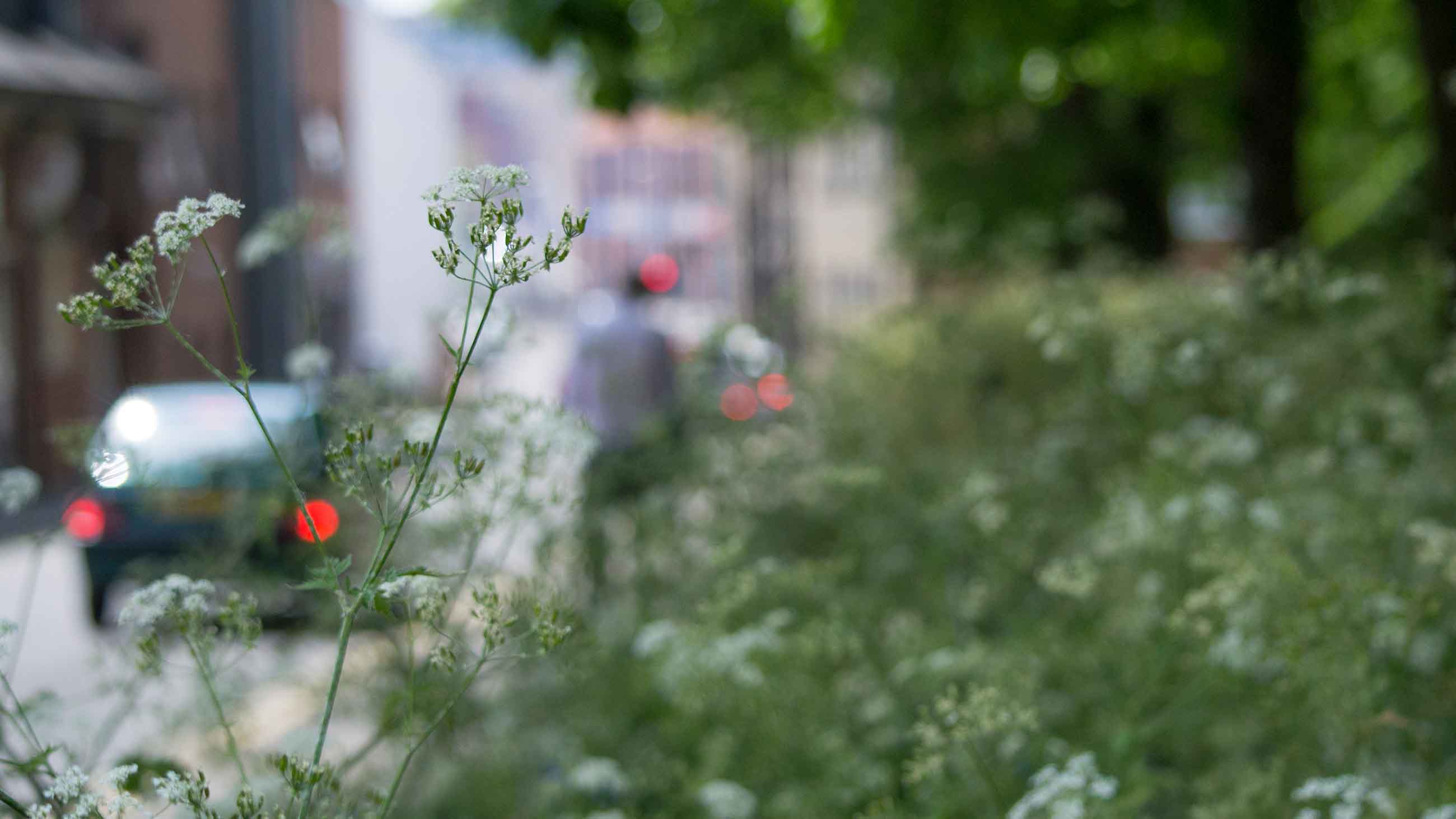
Source Image: undark.org
Insect-Friendly Design
Insect Hotels
Insect hotels provide shelter for beneficial insects like ladybugs and solitary bees. These structures can be easily made from natural materials and placed in various garden locations.
Diverse Plantings
Using a variety of plants supports a wide range of insects. Including flowering plants, grasses, and shrubs ensures that different insects have access to the resources they need.
Integrated Pest Management
Managing pests in a way that doesn’t harm beneficial insects is crucial. Techniques such as companion planting and biological control help maintain a healthy balance.
Insect Habitat Enhancements
| Enhancement | Description |
|---|---|
| Insect Hotels | Shelters for beneficial insects. |
| Flower Variety | Plants that bloom at different times. |
| Native Plants | Support for local insect species. |
| Companion Planting | Using plants to naturally repel pests. |
| Biological Control | Introducing natural predators to manage pests. |
Rooftop Gardens and Green Roofs
Benefits of Green Roofs
Green roofs provide numerous ecological and environmental benefits, including reducing urban heat island effects, managing stormwater, and providing habitat for wildlife.
Design Considerations
Designing a green roof involves considering weight load, water retention, and plant selection. Proper planning ensures the longevity and effectiveness of the green roof.
Plant Selection
Selecting the right plants for green roofs is crucial. Drought-tolerant and low-maintenance plants are ideal choices for these environments.
Green Roof Elements
| Element | Description |
|---|---|
| Weight Load | Ensuring the roof can support the garden. |
| Water Retention | Systems to manage and retain water. |
| Drought-Tolerant Plants | Plants that thrive in rooftop conditions. |
| Insulation | Benefits for building energy efficiency. |
| Maintenance | Regular care to sustain plant health. |
Urban Forests and Tree Planting
Importance of Urban Trees
Urban trees provide shade, improve air quality, and support local wildlife. They also enhance the aesthetic appeal of urban areas and contribute to mental well-being.
Selecting Tree Species
Choosing the right tree species for urban environments involves considering factors such as soil type, space, and local climate. Native species are often the best choice.
Planting and Care
Proper planting techniques and ongoing care ensure the health and longevity of urban trees. This includes selecting the right planting site, proper watering, and regular pruning.
Urban Tree Planting
| Factor | Description |
|---|---|
| Site Selection | Choosing the right location. |
| Native Species | Trees adapted to local conditions. |
| Planting Technique | Ensuring proper depth and spacing. |
| Watering | Adequate water during establishment. |
| Pruning | Regular maintenance to promote health. |
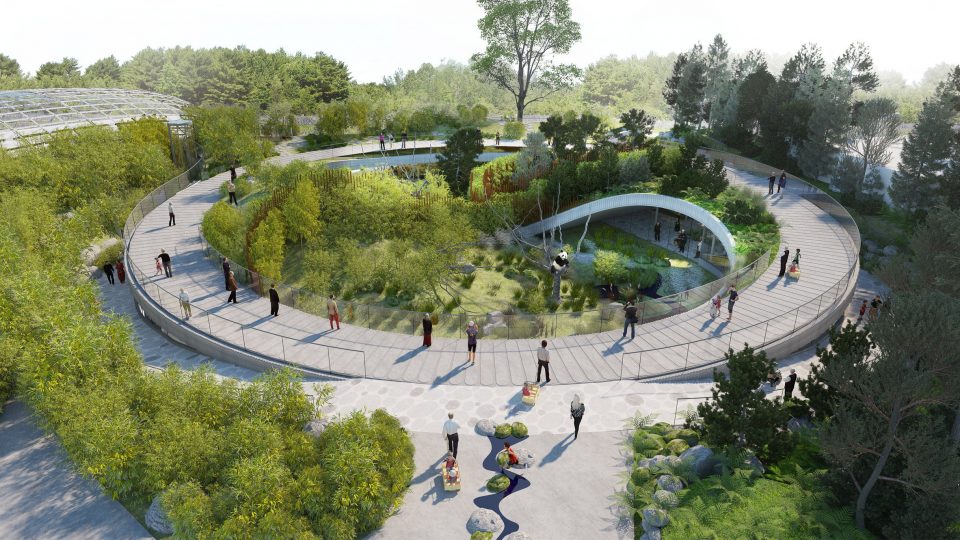
Source Image: weburbanist.com
Community Involvement and Education
Engaging the Community
Involving the community in wildlife-friendly projects fosters a sense of ownership and responsibility. This can be achieved through workshops, volunteer programs, and community events.
Educational Programs
Educational programs teach residents about the importance of urban wildlife and how to support it. These programs can be offered through schools, community centers, and local organizations.
Citizen Science Projects
Citizen science projects encourage residents to participate in wildlife monitoring and conservation efforts. These projects provide valuable data and engage the community in meaningful activities.
Community Engagement Activities
| Activity | Description |
|---|---|
| Workshops | Hands-on learning experiences. |
| Volunteer Programs | Opportunities to get involved. |
| Community Events | Festivals, clean-up days, and more. |
| School Programs | Educating the next generation. |
| Citizen Science | Involving the public in research. |
Addressing Challenges in Urban Wildlife Design
Balancing Human and Wildlife Needs
Designing spaces that cater to both humans and wildlife involves careful planning and consideration. Strategies include creating designated wildlife areas and using signage to educate the public.
Dealing with Predators and Pests
Humane management of predators and pests ensures the safety of wildlife without resorting to harmful methods. Techniques include habitat modification and the use of natural deterrents.
Overcoming Physical Barriers
Urban environments often present physical barriers such as roads and buildings. Solutions include creating wildlife crossings, green roofs, and vertical gardens to bridge these gaps.
Challenges and Solutions
| Challenge | Solution |
|---|---|
| Human-Wildlife Conflict | Designated wildlife areas and public education. |
| Predators and Pests | Humane management techniques. |
| Physical Barriers | Wildlife crossings and green infrastructure. |
| Space Constraints | Vertical gardens and rooftop habitats. |
| Pollution | Mitigation through green spaces and cleaner practices. |
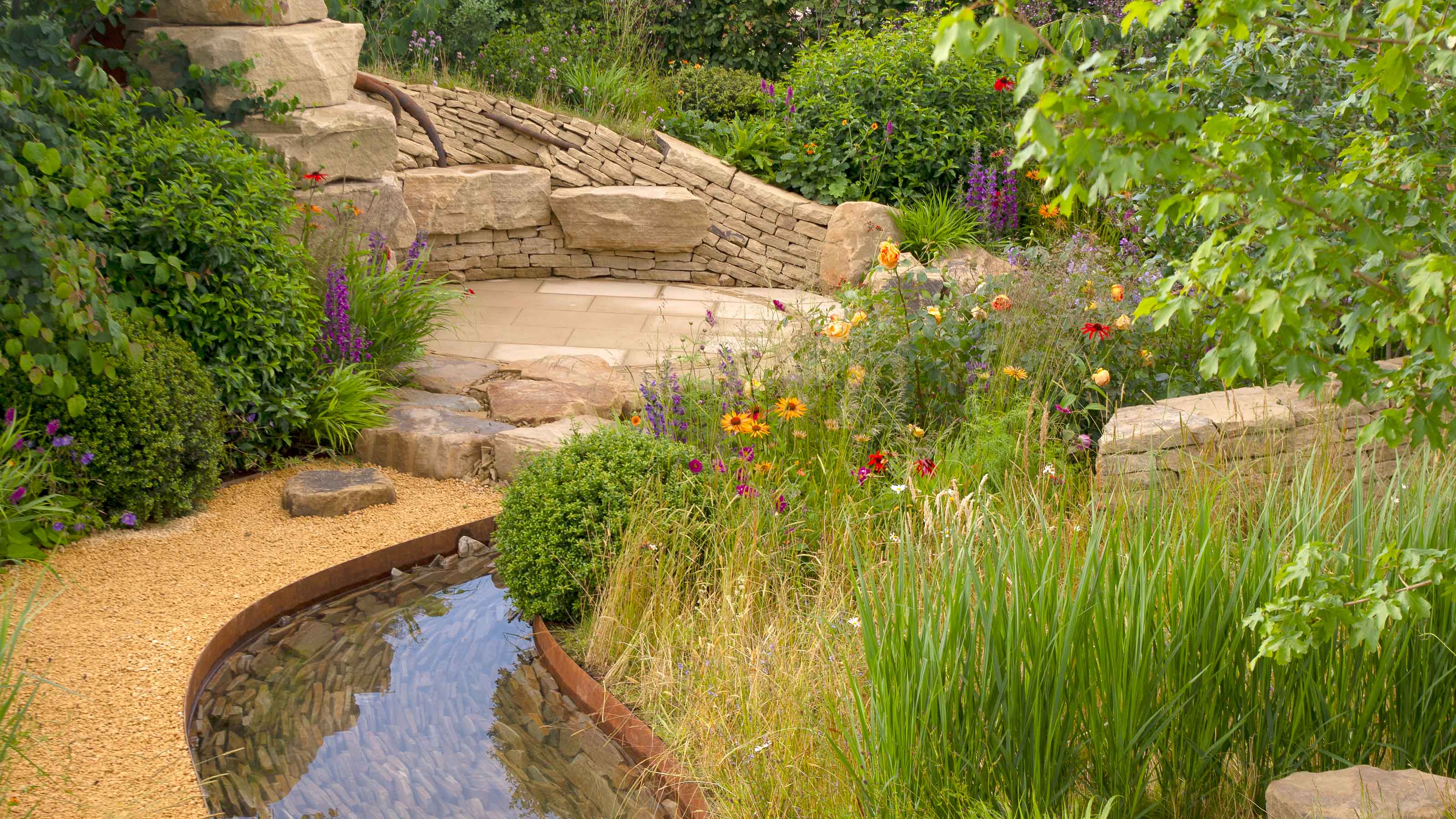
Source Image: www.gardeningetc.com
Policy and Legislation
Local and National Policies
Understanding the policies that support wildlife-friendly urban spaces helps in planning and implementing projects. This includes zoning laws, conservation programs, and funding opportunities.
Advocacy and Change
Advocating for stronger wildlife protection policies involves engaging with policymakers, participating in public forums, and collaborating with conservation organizations.
Policy Considerations
| Policy | Description |
|---|---|
| Zoning Laws | Regulations that support green spaces. |
| Conservation Programs | Government initiatives for wildlife protection. |
| Funding Opportunities | Grants and financial support for projects. |
| Public Engagement | Involving the community in policy advocacy. |
| Collaborations | Working with organizations for greater impact. |
Case Studies and Success Stories
Successful Projects
Highlighting successful wildlife-friendly urban spaces provides inspiration and practical insights. These case studies showcase the benefits and challenges of different approaches.
Lessons Learned
Sharing lessons learned from past projects helps in avoiding common pitfalls and improving future initiatives. This includes insights into design, community engagement, and maintenance.
Case Study Elements
| Element | Description |
|---|---|
| Project Overview | Background and objectives. |
| Implementation | Steps taken and resources used. |
| Challenges | Issues faced and solutions found. |
| Outcomes | Benefits and successes. |
| Lessons Learned | Key takeaways for future projects. |

Source Image: www.biorxiv.org
Designing Wildlife-Friendly Urban Spaces
Future Trends in Urban Wildlife Design
Technological Innovations
Emerging technologies such as green roofs, vertical gardens, and smart irrigation systems are revolutionizing urban wildlife design. These innovations enhance the efficiency and effectiveness of projects.
Sustainable Practices
New methods and materials for sustainable urban development are continually being developed. These practices reduce environmental impact and support long-term ecological health.
Global Perspectives
Cities worldwide are incorporating wildlife into urban design in innovative ways. Learning from these global examples helps in adapting successful strategies to local contexts.
Future Trends
| Trend | Description |
|---|---|
| Green Roofs | Eco-friendly and space-efficient habitats. |
| Vertical Gardens | Maximizing green space in urban areas. |
| Smart Systems | Technology for efficient resource management. |
| Sustainable Materials | Eco-friendly building and landscaping materials. |
| Global Initiatives | Learning from international examples. |
By following these detailed guidelines and incorporating a combination of tables and lists, you can create urban spaces that are both beautiful and beneficial to wildlife. These spaces not only enhance biodiversity but also provide numerous benefits to urban residents, making cities more livable and vibrant.

Source Image: www.pinterest.de

